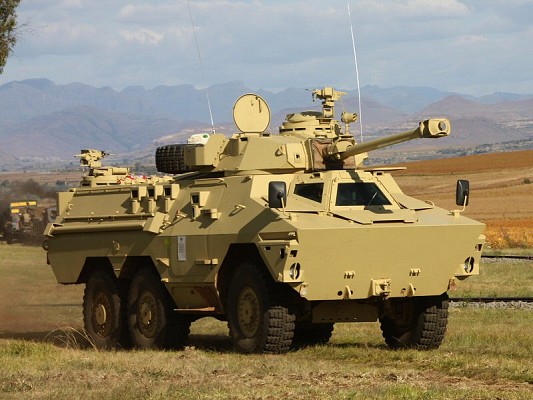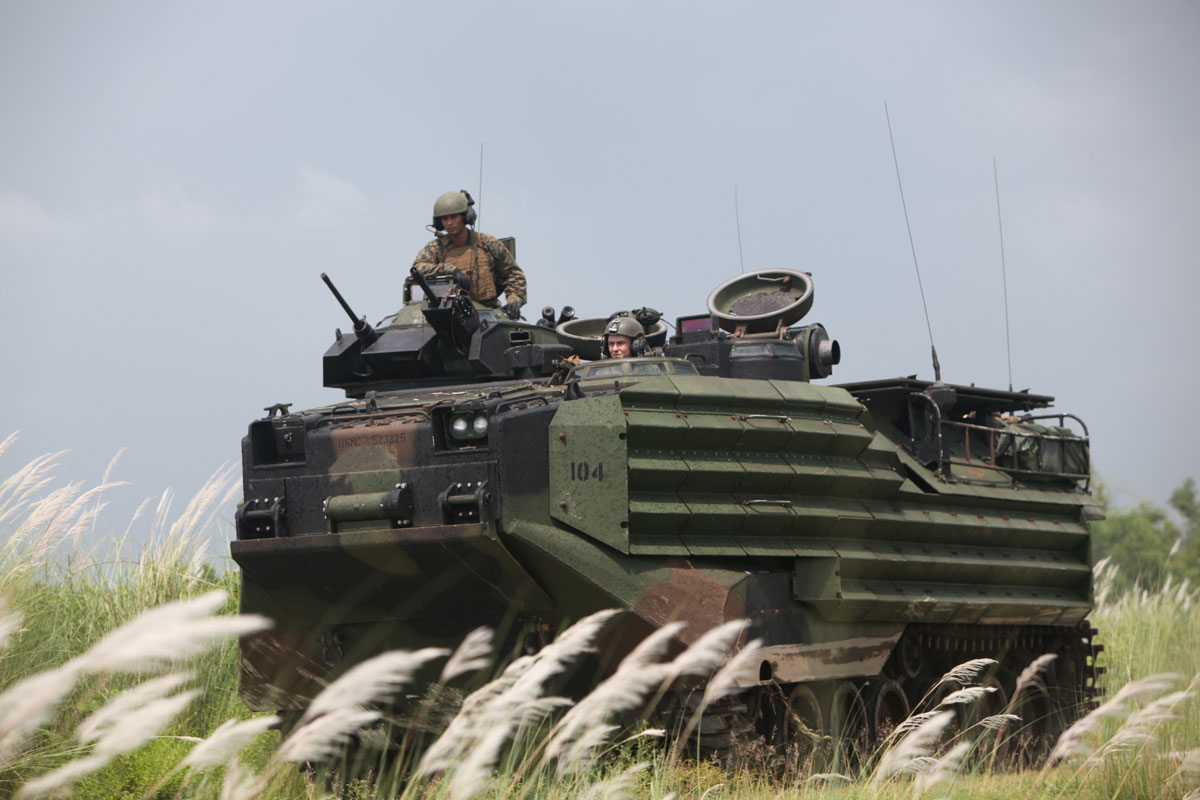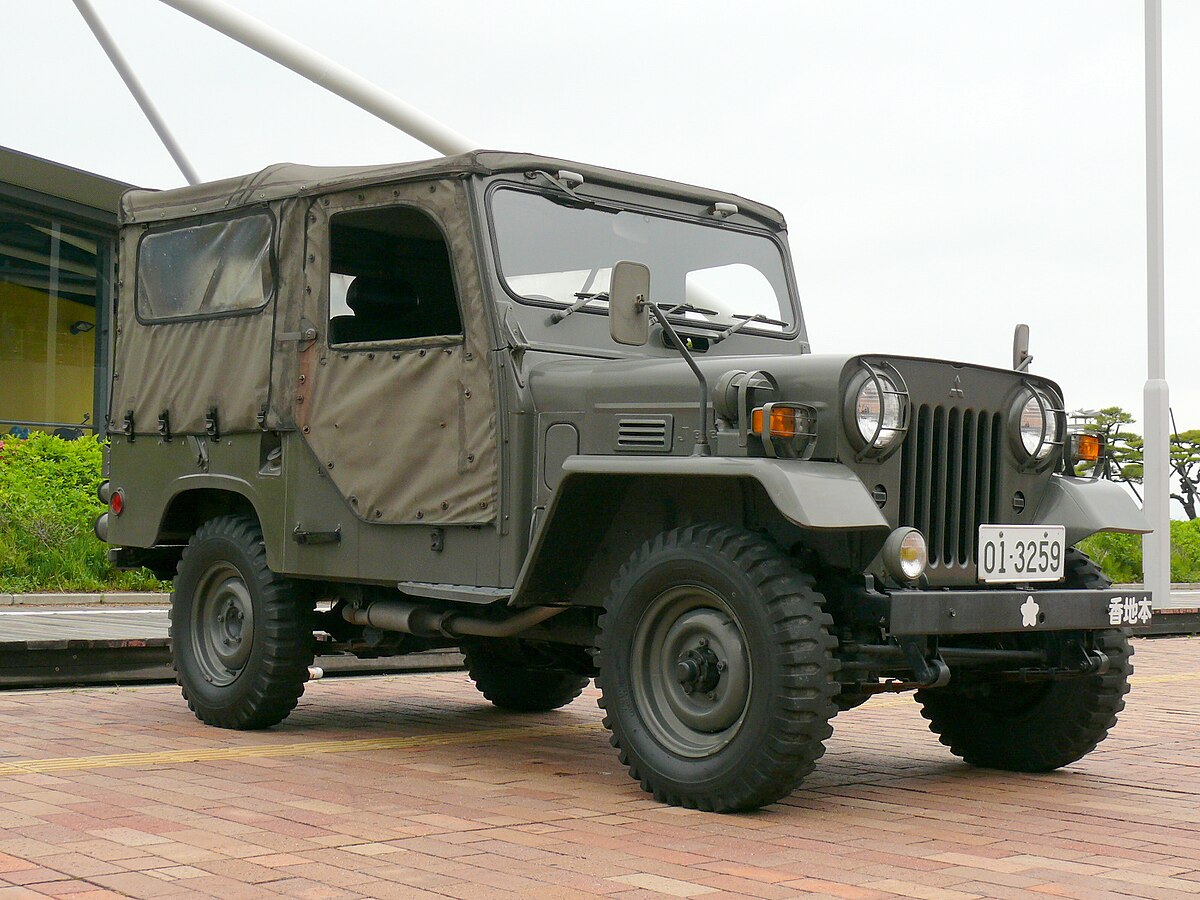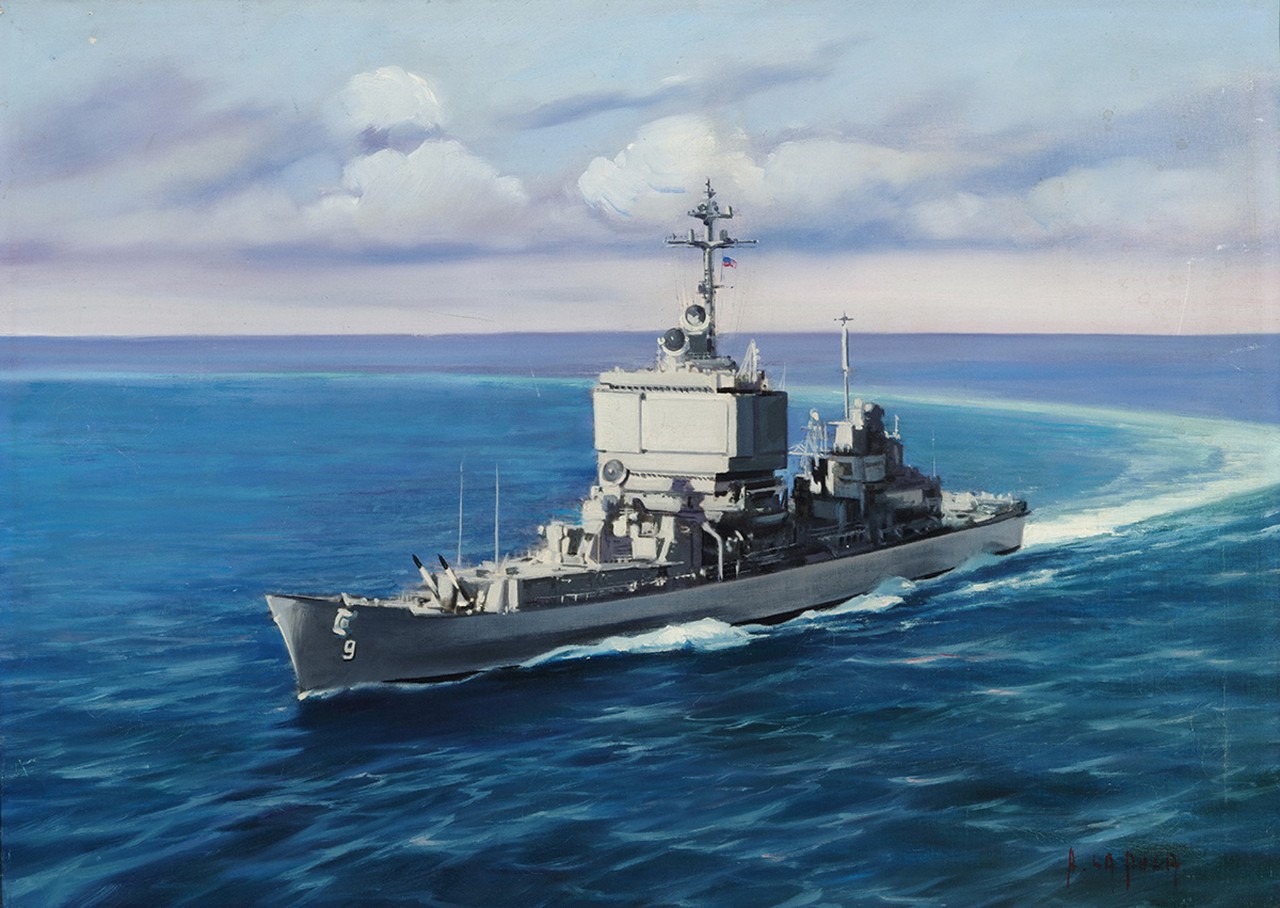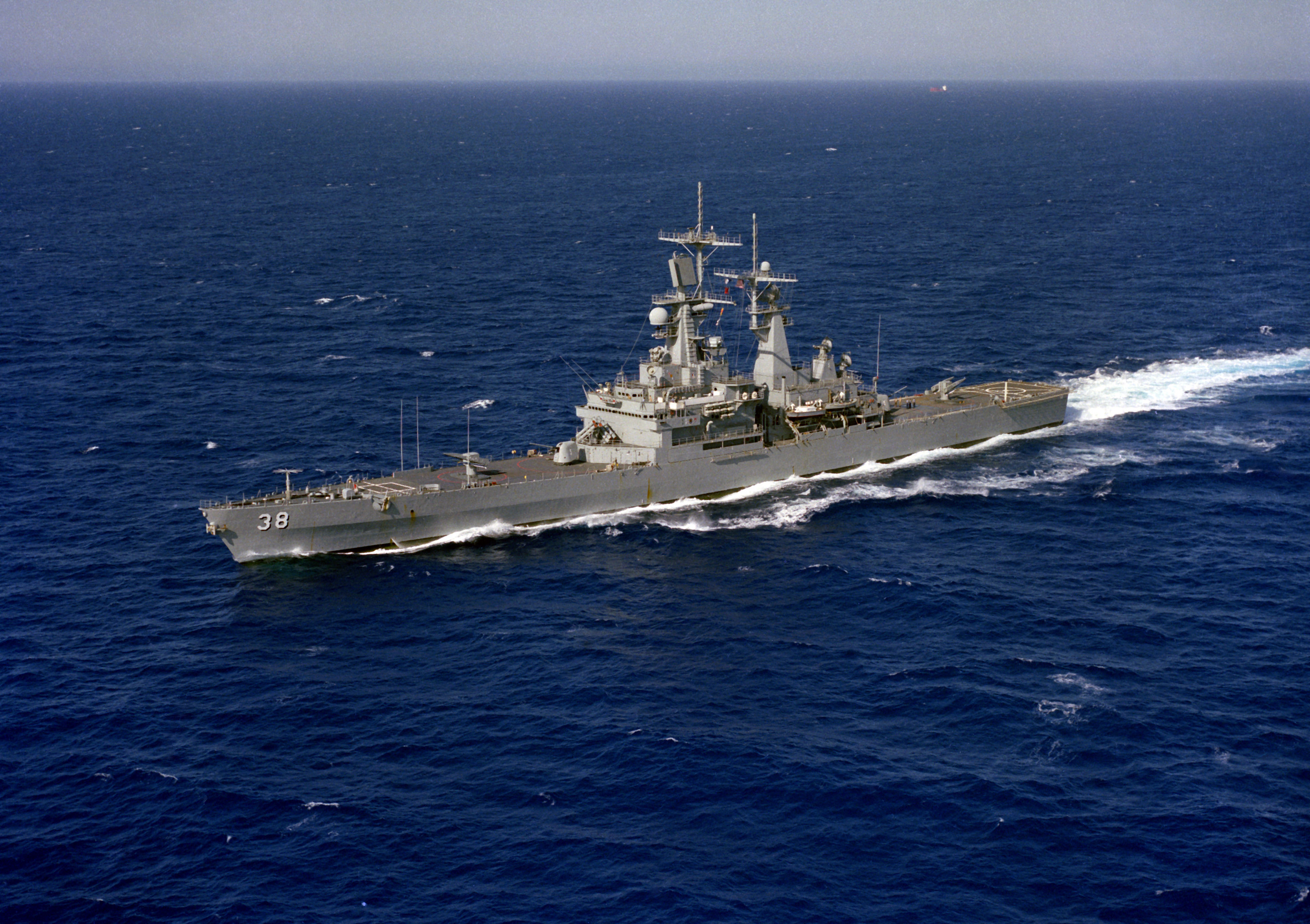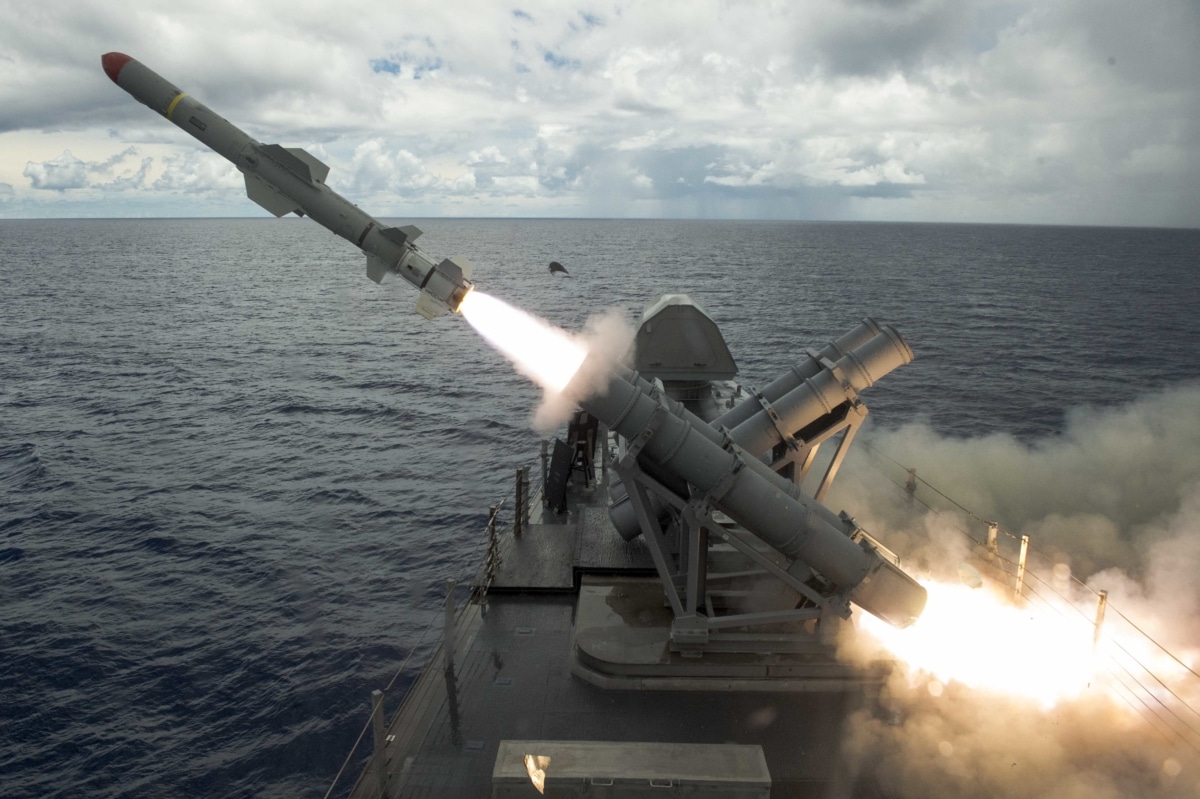California Republic Aerospace Forces
 Combat Aircraft
F-15A Eagle
Combat Aircraft
F-15A Eagle
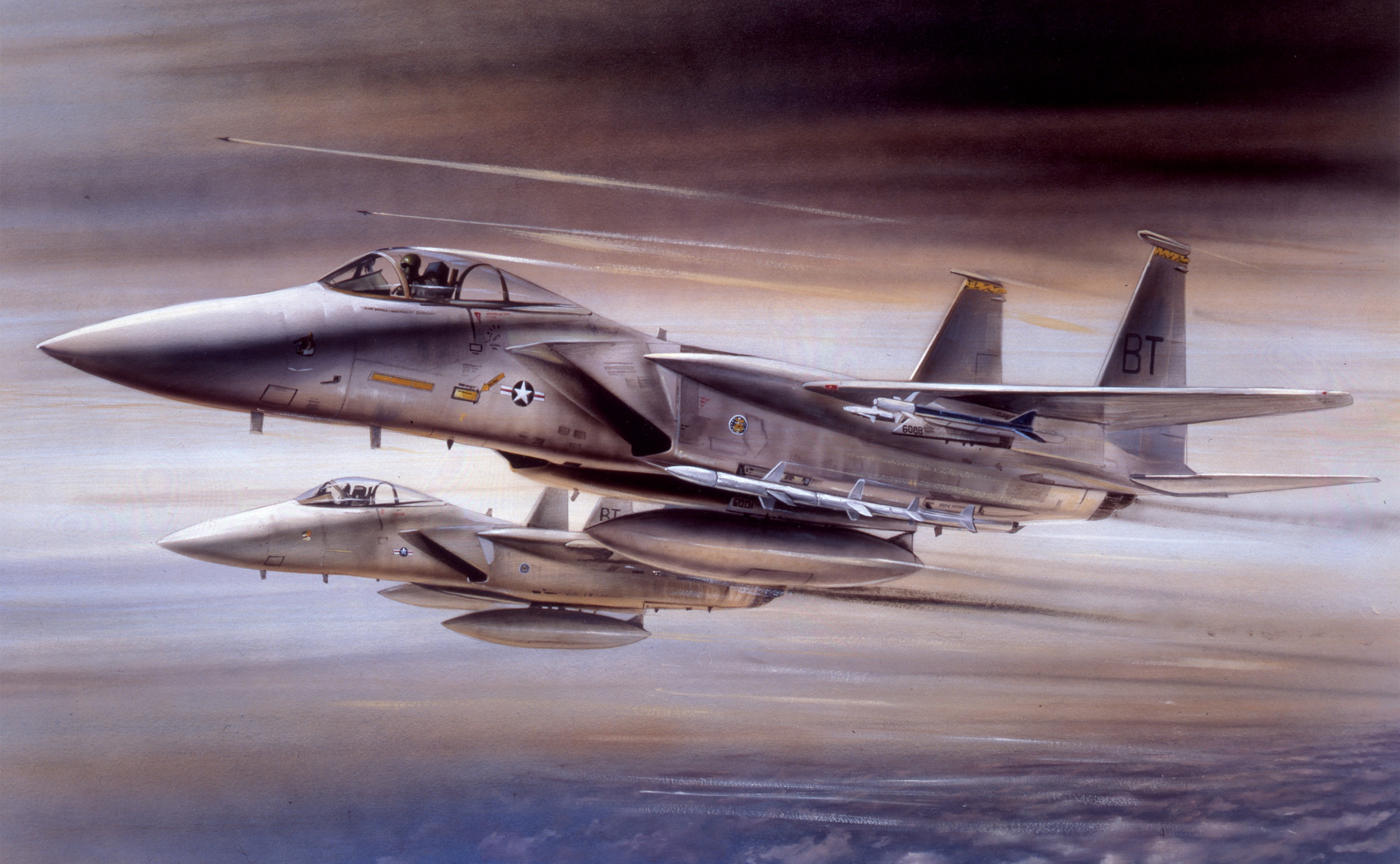
Description: The F-15A Eagle was a result of 10 years of development starting in 1964 as part of the Aerospace Forces NGADF (Next Generation Air Dominance Fighter) program to replace the aging F-8 Condor, and in responce to advances in materials sciences, tactical concepts, and propulsion design. Within a year of its first flight taking place in 1974 the F-15A set and continues to hold records in absolute ceiling, time to climb, absolute groundspeed, airspeed, and in numerous other key areas, according to the Aerospace Forces, the F-15A is the most capable and sophisticated air superiority platform in any nations service.
F-16 Viper
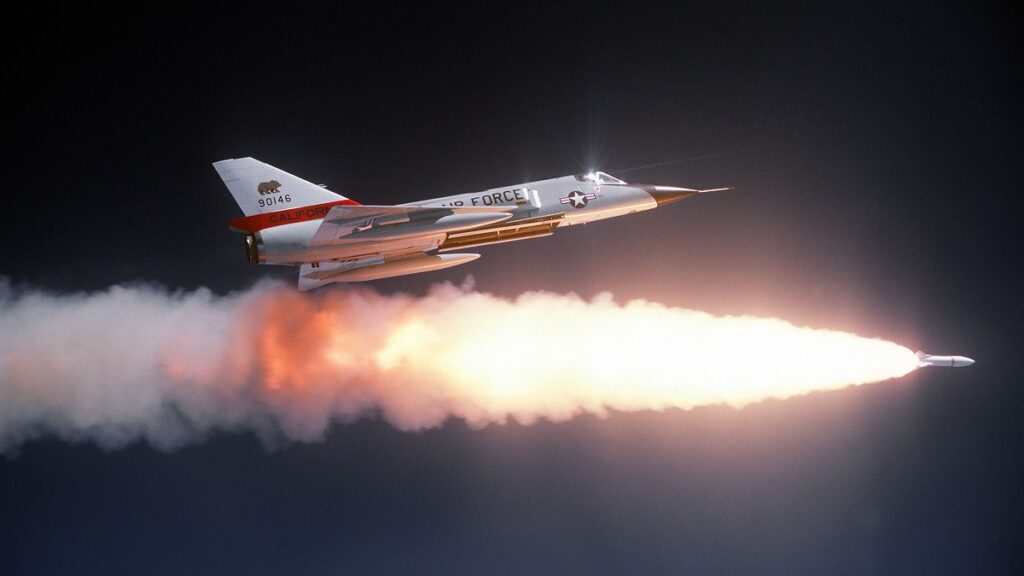
Description: The F-16 is an all-weather multirole light tactical fighter, intended to replace a number of previous light aircraft in a number of roles. The F-16 is the first aircraft in California service to include numerous design features such as a side mounted flight stick and a offset seat angle all in the effort of reducing the effects of high g environments on pilot performance. The F-16 is capable of attacking both air and ground targets, both over land and sea, and includes numerous technologies designed for the F-15 Eagle, such as a digital heads up display, among other features. The F-16 is the first fighter to carry all weapons in internal munitions storage bays, and has no outboard pylons.
F/A-18 Raider

Description: The F/A-18 is a exceptionally large twin engine multi role combat aircraft, it is the largest carrier born aircraft ever designed or opperated. In order to meet the Aerospace Force's "All Domaine Airpower" Docterine, a very large twin engine multirole aircraft was needed to meet the needs of airpower for naval opperations, this aircraft would need a modular design to allow for mission flexibility, significant fuel capacity to enable long staying capacity, and would need to be serviced and re-armed from naval assets in theater, the F/A-18 was the Aerospace forces pick for these requirements. Traditionally opperating on long range missions from land bases, the F/A-18 can also be re-armed by Navy airships to allow for longer staying capacity and for aircraft to be modulated for the specific needs of naval opperational requirements that can present a dynamic threat environment not allowing for long return flights to re-armed.
EF/A-14 Crow
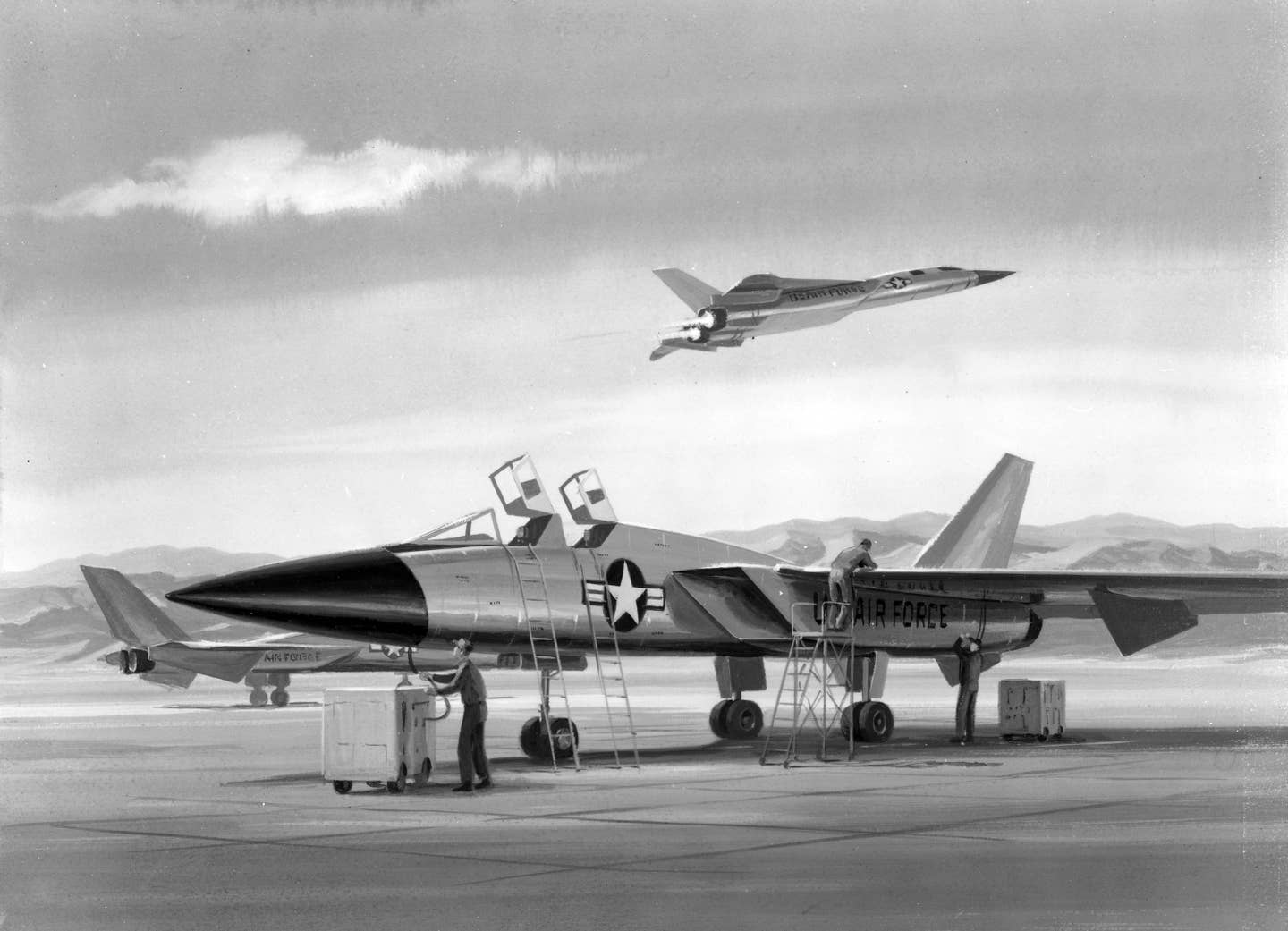
Description: The EF/A-14 is a electronic warfare and attack aircraft capable of incredibly high speed, high altitude flight. The aircraft is designed primarily for bomber escort in penetration missions, suppression of enemy air defences, and can provide EWAR support in a number of situations. While capable of air to air missions, it is not the main intended role for the platform. It is the only aircraft with the range and endurance at speeds required to escort the B-7 without limiting the B-7's radius.
B-7 Cavalier
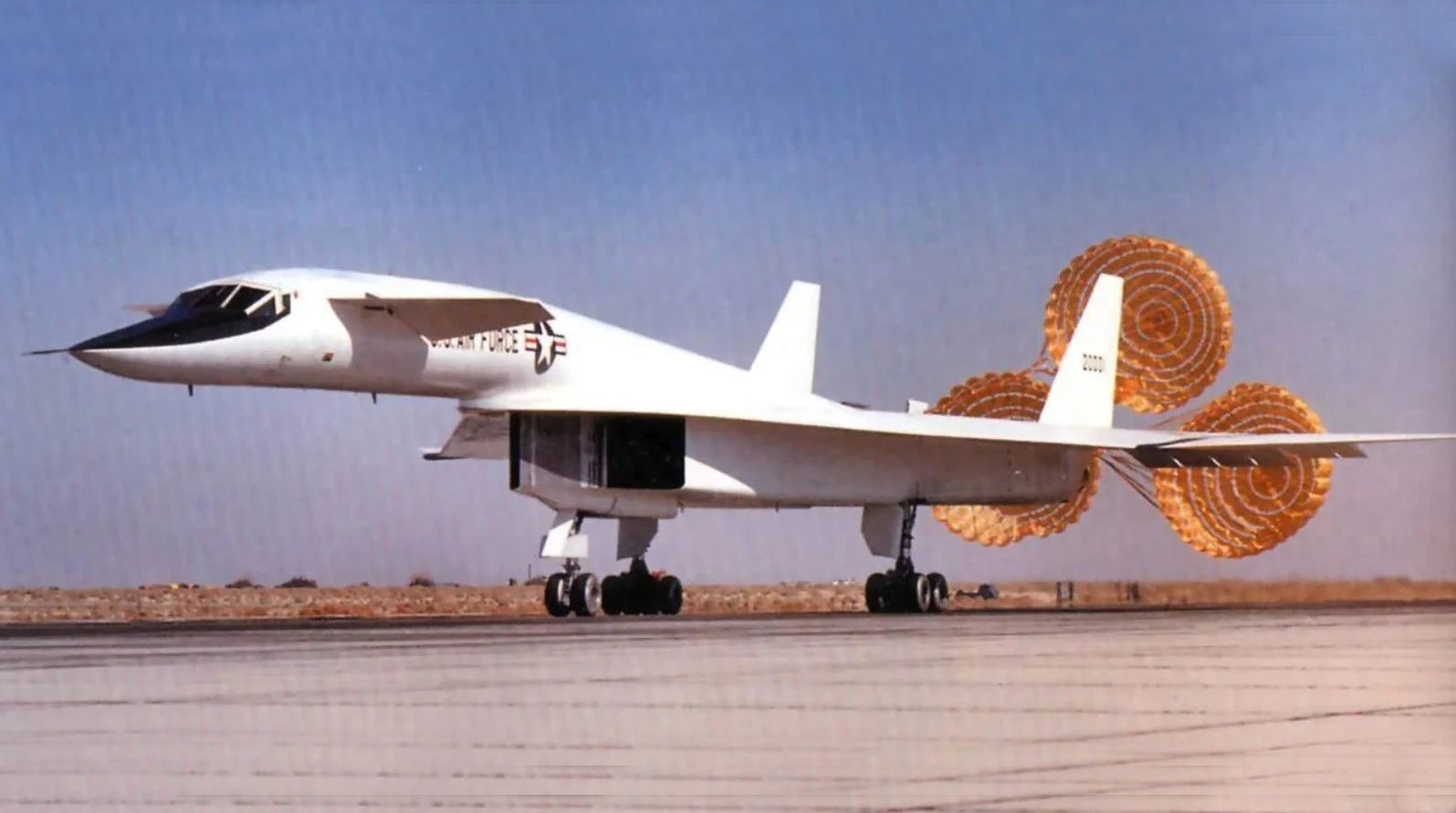
Description: The B-7 Cavalier is an extremely large, very high altitude, supersonic, six engined, long range strategic bomber. It's the primary high mobility strategic nuclear deterrence of the Republic. Beyond the nuclear missim, the B-7 is also a conventional asset in both strategic and tactical missions over the land and sea Domaine.
S-2 Viking

Description: The S-2 is a modern seaplane designed to perform the maritime rescue and anti submarine warfare mission, it has a very long fuel range, exceptional endurance, can land in all weather conditions day and night, posses STOL capabilities, and can be armed with a number of defensive and offensive payloads including anti submarine torpedoes and sonar bouy's.
Munitions
AAM-1C Growler

Description: The AAM-1C is a short to medium range air to air weapon, designed to opperate from visual range to 25 Nmi, which is slightly beyond visual range. the A variant was designed for semi active radar guidance, trh B was infer red, the C is an all aspect IR guided missile that can also be fired as a Semi-Active missile from longer ranges, before switching to a IR sensor once Pitbull. The C variant also posses an enhanced lethality fragmentation warhead paired with a radar and magnetic proximity fuze.
AAM-2B Longbow

Description: The AAM-2B is a long range air to air missile designed for beyond visual range combat, it has an active radar guidance system, a large high explode fragmentation warhead, reaches speed of mach 5 in flight and has a maximum range of roughly 100 nmi.
ARM-1 Thunderbolt

Description: the ARM-1 is an anti-radiation missile that uses the body of the AAM-2B with a seeker head and explosive payload designed for attacking radar emitting targets, or posses the same maximum range and flight speed.
AGM-2 Dagger

Description: the AGM-2 uses the same base as the AAM-1, with a electro-optical guidance system in place of an active radar seeker and with a much larger warhead, as a result, it's range is limited to 20 nmi and it does not enter hypersonic flight at any point of it's flight profile. The Dagger being designed from the AAM-1 can fit in the same weapons bays or pylons as the AAM-1, meaning the F-16 and other aircraft with internal weapons bays designed for air to air munitions can also deploy the AGM-2. The AGM-2 can carry a HEAT or Thermonuclear warhead.
GBU-4 Reaper

Description: GBU-4 is a guided bomb unit system, it can deliver a 300 lbs, 700 lbs, 1,400 lbs, or 2,000 lbs warhead into a target area no larger than 10 meters radius no less than 99% of the time. GBU-4 is lock on launch/fire and forget, and posses as secondary remote guidance system in which a operator can communicate with the weapon via Link-16 and guide the weapon from its on board optical sensors. In its heaviest configuration, with a 2,000 lbs warhead (GBU-4/20) the total device weighs 2,450 lbs. The GBU-4 can be employed at ranges up to 25 Nmi depending on altitude and speed of employment. It was designed for use from the F/A-18, F-15, F-16, and B-7.
CBU-5 Iron Rain
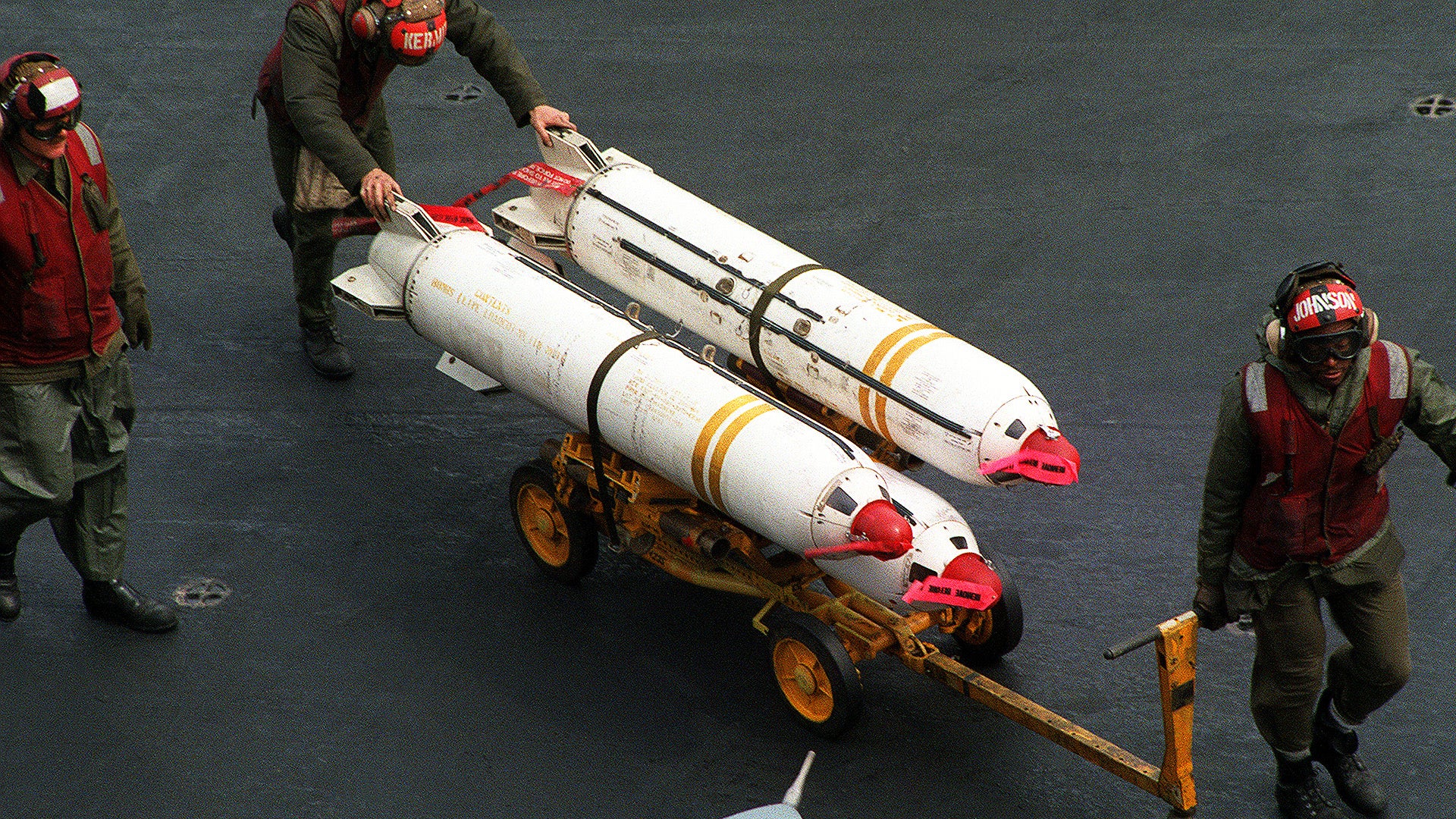
Description: The CBU-5 is a unguided cluster bomb unit that contains 247 HEAT (CBU-5A) or HE-Frag (CBU-5B) submunitions. The entire unit weighs 490 lbs, and can be deployed by all combat aircraft in service.
Mk-18 (Series)

The Mk-18 series is a family of general purpose of bombs in 300 (Mk-18), 700 (Mk-19), 1,400 (Mk-20), and 2,000 lbs (Mk-21) warhead capacity. They are typically unguided, but the modular warhead can be installed with guidance packages, such as the GBU-4/14 which is a Mk-18 series with the GBU-4 kit and in the case of the /14 vairent a Mk-20 warhead. Unguided variants of the Mk-18 series include the R classification, such as the Mk-19R, these variants are retarted drag options, or the L series, such as Mk-21L, a 2,000 pound laser guided vairent, and finally the H classification, such as the Mk-19H a 700 pound hardened bomb, meant for enhanced penetration for bunker busting. The Mk-18 series can be employed by all existing combat aircraft in service.
ACM-2 Trident
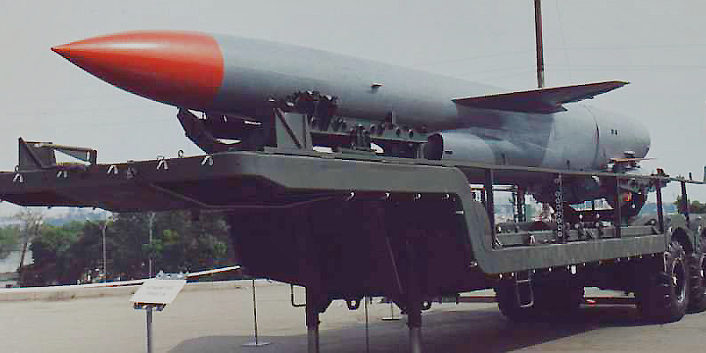
Description: the Trident is a long range supersonic cruise missile that can be launched by aircraft. It has a range in excess of 300 nmi, a flight altitude between 50 and 5,000 meters, can carry a conventional or nuclear payload of up to 1,000 kg, and can acheive speeds in excess of mach 3.
AMS-I Spectre

Description: the AMS-I is a light aero-ballistic missile meant for tactical use, which can carry a conventional or nuclear payload, at a speed of Mach 3, to ranges of 110 nautical miles.
AMS-II Trident-Thunderbolt
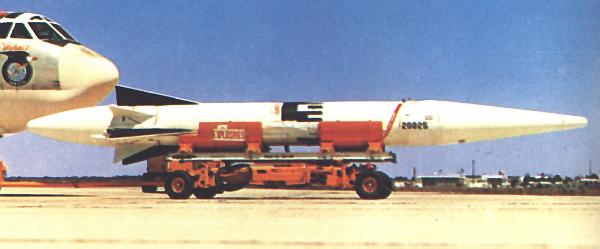
Description: The Trident-Thunderbolt is an aero-ballistic missile designed to be deployed by the B-7 capable of ranges in excess of 1,100 miles, speeds of up to mach 12 and a ceiling of 310 miles. It can carry a conventional payload, submunitions as a cluster delivery system, or a nuclear payload.
Strategic Air Defences
Nike-Hercules

Description: Nike-Hercules is a semi-mobile surface to air missile system that serves as the primary strategic surface to air system of the Republic. Armed with either a 1,250 lbs high explosive warhead, or a 2-22 Kt variable yield thermonuclear warhead, capable of high and medium altitude interception, with a ceiling of 100,000 feet, a speed of up to mach 3.5, and a Range of up to 90 nautical miles, the Nike-Hercules is capable of engaging a wide range of air targets, including serving as the only opperational missile interceptor in the Aerospace Forces. While being a semi mobile system, there are also three major static Nike installations, the San Francisco Bay contains 24 missile launch facilities, 3 underground command bunkers, and 6 radar stations under the command of the 1'st Strategic Missile Wing, the Hiwawiian Islands house the 2'nd Wing, which houses 18 launch facilities, 2 underground bunkers, and 5 radar stations, finally the 3rd wing is in San Diego, with 12 launch facilities, 2 underground bunkers, and 3 radar stations. Each Nike launch facility contains an underground magazine with storage for no less than 72 missiles, the ability to launch and guide 8 simultaneously, and the ability to relode and fire every 90 seconds.
Nike-Spartan

Description: Nike-Spartan is a ballistic missile interceptor that carries a 5 megaton warhead and intercepts ballistic missiles prior to and during re-entry. Two Nike-Spartan missile fields exist, one in Hawaii, and one at Travis AFB, both bases have the ability to simultaneously launch and guide 16 interceptors, a congressional mandate stipulates that the stockpile of interceptors can be maintained at no less than 50 units. A Nike-Spartan missile sight can only guide one salvo of interceptors at a time, this constraint with time to target means only one salvo can realistically be fired at incoming ballistic missile threats.

